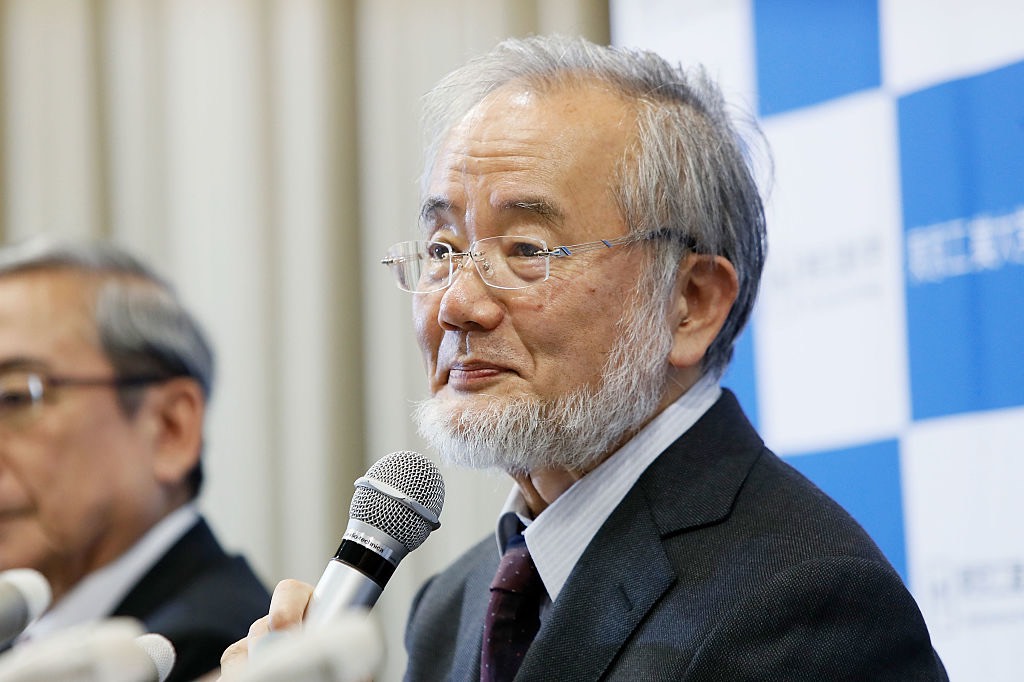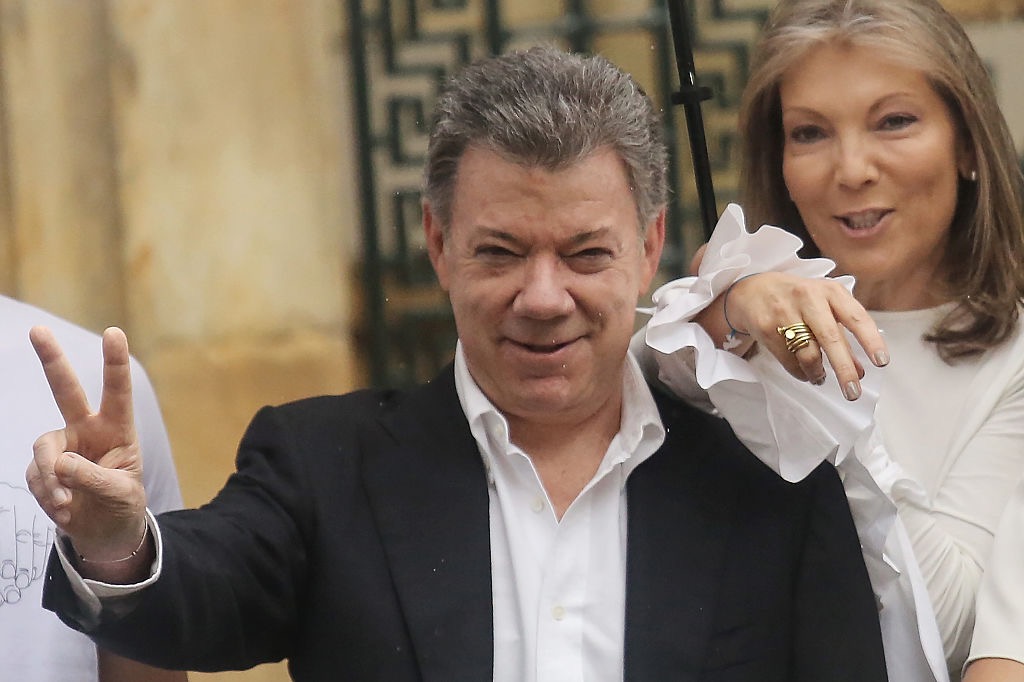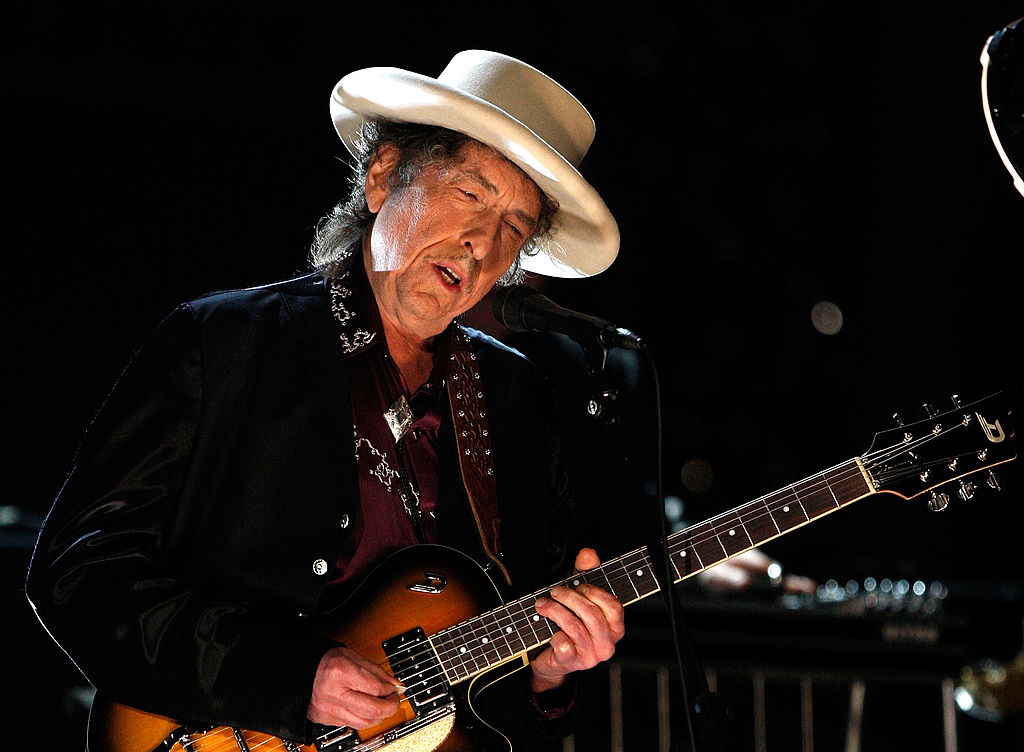Nobel Prize 2016: Here Are the Winners (and What They Achieved)

The Nobel Prizes, established by Swedish inventor Alfred Nobel in 1895, have recognized achievements in a suite of sciences and the people behind those scientific pinnacles. Here's a list of the 2016 Nobel Prize winners, which will be updated each day as new awards are announced. Live Science also explains, in plain English, how the Nobel Laureates contributed to science and humankind.
Nobel Prize in Medicine or Physiology
Fukuoka, Japan-born scientist, Yoshinori Ohsumi illuminated a cellular process called autophagy, or "self-eating," in which cells take unneeded or damaged material, including entire organelles, and transport them to a recycling compartment of sorts — in yeast cells, this compartment is called the lisosome, while vacuoles serve a similar purpose in human cells.
Ohsumi figured out a way to observe the inner workings of yeast cells and reveal autophagy inside them. He went even further to identify the genes involved in yeast autophagy and to show that similar self-eating mechanisms occur inside human cells. His discoveries in the 1990s led to a new understanding of how the cell recycles its contents, opening up a window into the importance of autophagy to several physiological processes and even to understanding certain diseases. Mutations in autophagy have been linked to diseases such as cancer and neurological disorders like Parkinson's disease. [Read more about Ohsumi's Nobel Prize work.]
Related:
- Nobel Prize in Medicine: 1901-Present
- Top 5 Nobel Prize Goof-Ups
- The Dark Side of the Nobel Prizes
- What's Missing From the Nobel Prizes? Scientists Weigh In
- The 10 Noblest Nobel Prize Winners of All Time
Nobel Prize in Physics
David J. Thouless, F. Duncan M. Haldane and J. Michael Kosterlitz were jointly awarded this year's Nobel Prize in physics for "theoretical discoveries of topological phase transitions and topological phases of matter." (Topology refers to "a branch of mathematics that describes properties that change step-wise," according to the Nobel Foundation.)
These theoretical discoveries revealed the possibility of a bizarre world where matter can take on different, and strange, states. Using advanced mathematics, the trio examined weird states of matter, such as superfluids, or substances that behave like liquids but have zero viscosity or resistance to flow. In superfluids, there is no friction impeding the liquid's flow and so its particles act as one super particle. Other exotic states of matter include thin magnetic films and superconductors.
Some examples of the odd behavior of these states of matter include: superfluid vortexes that continue to spin without slowing down, forever, and when electrical current flows, with no resistance, through a superconductor.
Get the world’s most fascinating discoveries delivered straight to your inbox.
"Thanks to their pioneering work, the hunt is now on for new and exotic phases of matter. Many people are hopeful of future applications in both materials science and electronics," reads a statement by the Nobel Foundation.
[Read more about the discoveries that led to the Nobel in physics.]
Nobel Prize in Chemistry
Jean-Pierre Sauvage, Sir J. Fraser Stoddart and Bernard L. Feringa were jointly awarded the Nobel Prize in Chemistry "for the design and synthesis of molecular machines." In other words, this trio developed the world's smallest machines by linking together molecules into a unit that, when energy is added, could do some kind of work. These machines, a thousand times thinner than a strand of hair, included a tiny lift, mini motors and artificial muscles.
By miniaturizing machines, these Nobel Laureates have "taken chemistry to a new dimension," according to a Nobel Prize statement.
[Read more about the research that led to the chemistry Nobel.]
Nobel Peace Prize
Colombian President Juan Manuel Santos has won the Nobel Peace Prize "for his resolute efforts to bring the country's more than 50-year-long civil war to an end, a war that has cost the lives of at least 220,000 Colombians and displaced close to 6 million people," according to a statement by the Nobel Foundation.
President Santos helped to negotiate a peace deal between the Colombian government and Marxist FARC guerrillas, or the Revolutionary Armed Forces of Colombia. He ensured that Colombians could voice their opinion about the peace accord in a referendum; however, a narrow majority of voters said no to the accord. Even so, because of the accord, a ceasefire went into effect at the end of August. The accord is contingent on a referendum that will be held this month.
"If you compare it to other peace agreements throughout the recent history, you will find that this is the most comprehensive and the most complete. We did not leave any detail out," he told CNN's Christiane Amanpour, according to a CNN news article.
Because of the lack of wholehearted support among Colombians, the peace process could stall and civil war could erupt again, according to the Nobel Foundation.
"The award should also be seen as a tribute to the Colombian people who, despite great hardships and abuses, have not given up hope of a just peace, and to all the parties who have contributed to the peace process," the Nobel Foundation said. "This tribute is paid, not least, to the representatives of the countless victims of the civil war."
Nobel Prize in Literature
Robert Zimmerman, more commonly known as Bob Dylan, has been awarded the Nobel Prize in Literature, "for having created new poetic expressions within the great American song tradition," Sara Danius, Permanent Secretary of the Swedish Academy, said in a statement.
He is the first musician to be honored in this category, and Danius described him in an interview as "a great poet in the English-speaking tradition," with a body of work spanning 54 years.
In fact, Dylan emerged early on in his career as more than just a musician. His lyrics, which were both poetic and sharply observant, highlighted social inequalities and injustice across America; his early songs, in particular, championed the rights of workers, people living in poverty, and people who had been victimized by institutionalized racism. He was a prominent part of the American folk music scene in the 1960s and performed at numerous protests for civil rights and against the war in Vietnam — his gravelly and distinctive voice is, for many, the voice of their generation.
Jeanna Bryner is managing editor of Scientific American. Previously she was editor in chief of Live Science and, prior to that, an editor at Scholastic's Science World magazine. Bryner has an English degree from Salisbury University, a master's degree in biogeochemistry and environmental sciences from the University of Maryland and a graduate science journalism degree from New York University. She has worked as a biologist in Florida, where she monitored wetlands and did field surveys for endangered species, including the gorgeous Florida Scrub Jay. She also received an ocean sciences journalism fellowship from the Woods Hole Oceanographic Institution. She is a firm believer that science is for everyone and that just about everything can be viewed through the lens of science.






